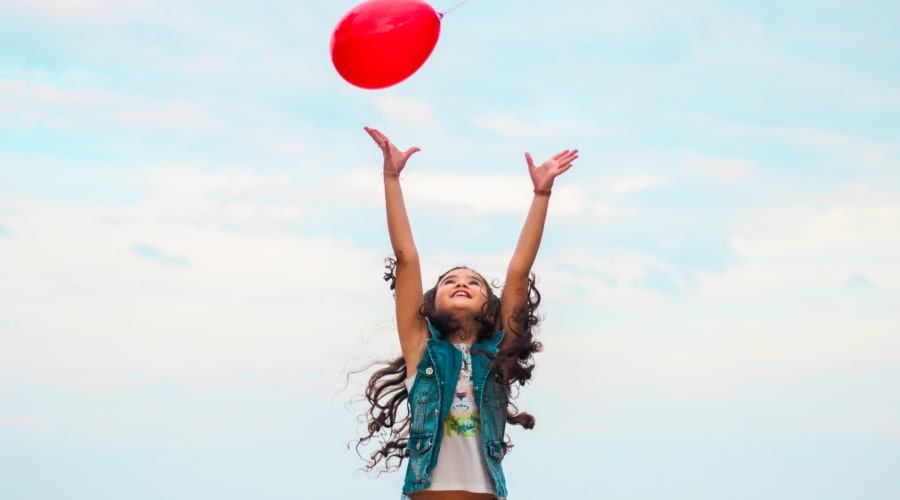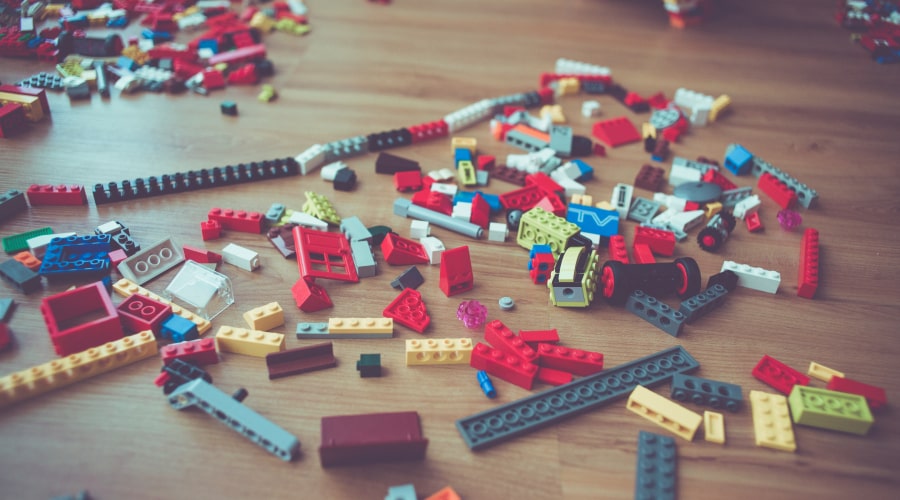settings
children
With Famly since
Transitions are a big part of our Early Years practice.
Positive transitions that allow children to navigate through the unknown to the next stage are central to supporting and developing emotional well-being. Positive transitions help to build resilience and confidence, while negative ones may build insecurities and anxiety.
So what kind of transition is the next one going to be?
How early transitions are experienced could significantly impact on our capacity to cope with change in the short and long term. Now that many settings around the world are starting to open up, it’s vital that we understand what has changed, so we can make this next transition as easy as possible for the children in our care.
COVID-19: A sudden transition
A dictionary definition of ‘transition’ is;
‘The process or a period of changing from one state or condition to another’
Sound familiar? Coronavirus (COVID-19) has disrupted everyone’s life in some way, shape or form. In fact, it’s been a particularly harsh transition for many people, with little or no warning or time to prepare for this strange new world.
No more meeting up with friends and families. Schools and childcare settings only open to a small percentage of children. Parents left juggling childcare, homeschooling and work.
Lockdown thrust us all into the unknown. Feelings of uncertainty, worries about the implication the virus may have on work, income, shopping for food, anxiety about our own health and that of our family and friends.

It’s important that we reflect on how different people may have reacted to the changes we’ve all experienced. Adult’s reactions often depend on their previous life experiences, and young children look to their adults for guidance.
This is sometimes called ‘social referencing’; they observe their adults to see how they might react. For example, if a parent screams when they see a spider, the chances are that the young child would also be upset. However, if the parent is calm and shows an interest in the spider the child may follow this reaction instead.
It’s also worth reminding ourselves that coronavirus will have affected families in different ways, ranging from not being directly affected to experiencing bereavement. Some of us will be thriving on lockdown life, perhaps enjoying the slower pace, spending time with others in their household, baking, cooking, going for walks. However, some families will be in survival mode, interactions within the household may be strained and, in some cases, abusive.
A little bit of brain science
The pandemic may have left people feeling adrift, with a sense of loss at no longer feeling safe, or only feeling safe in their own home.
This video is useful to understand how our brains work when this kind of stress or anxiety is present.
You have to bear in mind this might change as lockdown restrictions ease. More adults can return to work, more children can return to childcare and school and this may bring new feelings of fear, worry or anxiety or relight some of these overwhelming feelings. As of yet, there is no immunisation to help protect us and we all have to plan our ‘new norm’ as we co-exist with the presence of coronavirus.
All of this is why it is really important that we all pay attention to our own mental health and well-being alongside that of our families, staff, parents, children and young people.

Enabling environments
It’s not just about risk assessments and the planning of our physical environments for children right now. We also need to pay close attention to the emotional environments we provide.
Some children may happily skip through your setting door as they return, eager and excited to see you and their friends. Separation may be difficult for some children and parents too, and children in particular may not fully understand recent events.
Additionally, sadly, home life is not a safe haven for all, and we have to be aware of the possible secondary harms that coronavirus may have brought, including child abuse and domestic violence. Your childcare setting may be their only solace/safe place.
All this means that we have to be aware when children display their anxiety and stress. This can be difficult, because children respond to stress in different ways. Babies and the youngest children may show their distress by crying and being unsettled. Changes in behaviours may be an indicator – clinginess, meltdowns, regression, unsettled nights, nightmares – and they may try and explain their feelings physically, telling you they have a headache or tummy ache. It’s really important that our practitioners know how to recognise these signs, and know how to act when they do.
As childcare settings re-open or start to reintegrate more children, here are a few things you can do to prepare children and families for this change.

9 ideas for an easier transition
- Before they return to childcare, ask families for an update from home. Is there anything you need to know? Changes in routine or behaviours? These could be difficult changes, or positive ones too. Maybe parents have found that their child has learnt new skills, for example, and it’s helpful to know this too.
- If there is time before children return, consider sending them a video or message to invite them back, telling them how much you are looking forward to seeing them back in their second home.
- You could try creating a social story to help parents to talk to their children about returning to childcare. Here is a nice example to get you started!
- Take the time to explain any fundamental changes to your physical environments along with any new rules that may be in place.
- Ask for photos or information about the things that families have been doing whilst at home and use this information to talk to the children as they return.
- Provide lots of opportunities to explore emotions with children. Facilitate opportunities to talk or perhaps draw. For example, what makes them feel safe? Where is their favourite place? What makes them laugh right now?
- Children are reassured when their adults are providing a sense of calm, so it may help to talk to the children about illness. For example, that we all get sick sometimes and that washing their hands can help wash away germs. You may find this resource useful and this video has some specific information about coronavirus using images and Makaton.
- Help children to make their own sensory bottles, which might help them to regain a feeling of calm. Comfort items will also be crucial for some children as they re-settle.
- Times for exercise and calm throughout the day may help children to regulate their bodies. You may have to adjust some elements of your pre-pandemic childcare practice and routines, but careful planning and support will help children to adjust to their new norm.
The big ideas
Top tips from Alphabet House
Get top tips from a setting just like yours. Hear from Alphabet House on why and how they use Famly - and why they’ve never looked back.
Read their story










